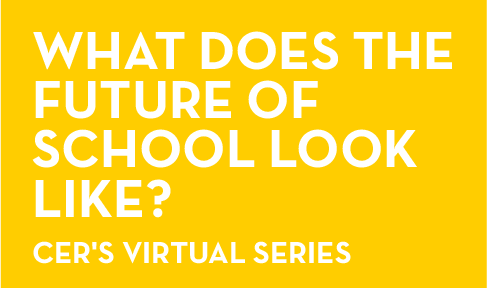Charter Schools Shortchanged During Recession
University of Arkansas
EDUCATION’S FISCAL CLIFF, REAL OR PERCEIVED?
Public Education Funding During the Economic Downturn and the Impact on Public Charter Schools
By Larry Maloney, Meagan Batdorff, Jay May & Michelle Terrell
A recent analysis by Larry Maloney published by the University of Arkansas on the inequity of public charter school funding versus their traditional public school (TPS) counterparts has been released in preliminary format with final results forthcoming. The analysis is based on data for FY ‘07 through FY ‘11 for five districts (Washington DC, Denver, Los Angeles Unified, Newark and Milwaukee), and aims to compare the parity between funding for charters versus TPS during the “Great Recession.” The numbers among all five urban districts varied, but all the research demonstrated a significant gap in per pupil funding. The report looked specifically at information based on total public funding, which includes federal, state and local funding, and funding that came from non-governmental entities.
The last funding category analyzed was “other revenue,” representing any revenue from non-public sources, including: fundraising and philanthropic gifts, investments, facilities rental, and activity fees. With the exception of Denver Public Schools (a 49.9% increase but only $914 to $1,370 per pupil), all of the other school districts took a hit in this category, but it was more pronounced for charter districts, which traditionally have had to rely more heavily on this category, particularly philanthropy, to make up the funding gap.
The initial report is eye-opening in terms of numbers, the sentiment echoes what we have known and been reporting for years with our Annual Survey of America’s Charter Schools – that charter districts receive significantly less money while doing more to close the achievement gap, especially in urban districts.
Fast Facts:
• In FY ‘11 in the District of Columbia, the traditional public schools received 43.9% more than public charter schools. DC public schools received $29,145 in per pupil funding versus $16,361 for charters, so while the percentages demonstrate a clear disparity the actual figures are even more eye opening.
• According to our charter survey (as of 2010), 80% of all charters receive less than $9,501 in per pupil funding.
• According to our survey, charters spend more per pupil than they actually receive, whereas TPS do not. Average per pupil cost for charters is $8,001 and revenue is $7,291.
• Over the period studied by the report, charters saw a more significant drop in their local and state funding than TPS. For example L.A. Unified’s funding decreased by 0.6% but L.A. charter schools’ funding dropped a much more drastic 21% from $9,085 to $7,174.
• Charter schools in the report recorded a 46.3% increase in federal funding between FY ‘07 and FY ‘11 from $1574 to $2303 per pupil.
• With regards to total federal funding, all but two of the five districts saw an increase in federal funding while TPS saw a more significant funding increase over charters. The two exceptions were Washington DC public schools and Newark charters which both saw their federal funding dip. In Los Angeles, for example, the TPS funding went up 47.5% and charters got a bump of 25%. Milwaukee was even more pronounced with TPS having a 71.7% increase and charters only 1.1%.
• Overall public charter districts in the study weathered the economic downturn, only Los Angeles and Milwaukee actually saw per pupil declines in total revenue. However there remains a significant variance in the funding that TPS get and charter districts and that gap widened in three of the five cities between FY ‘07 and FY ‘11
This report is a snapshot of a larger national study on charter school funding that will be released in 2014.













